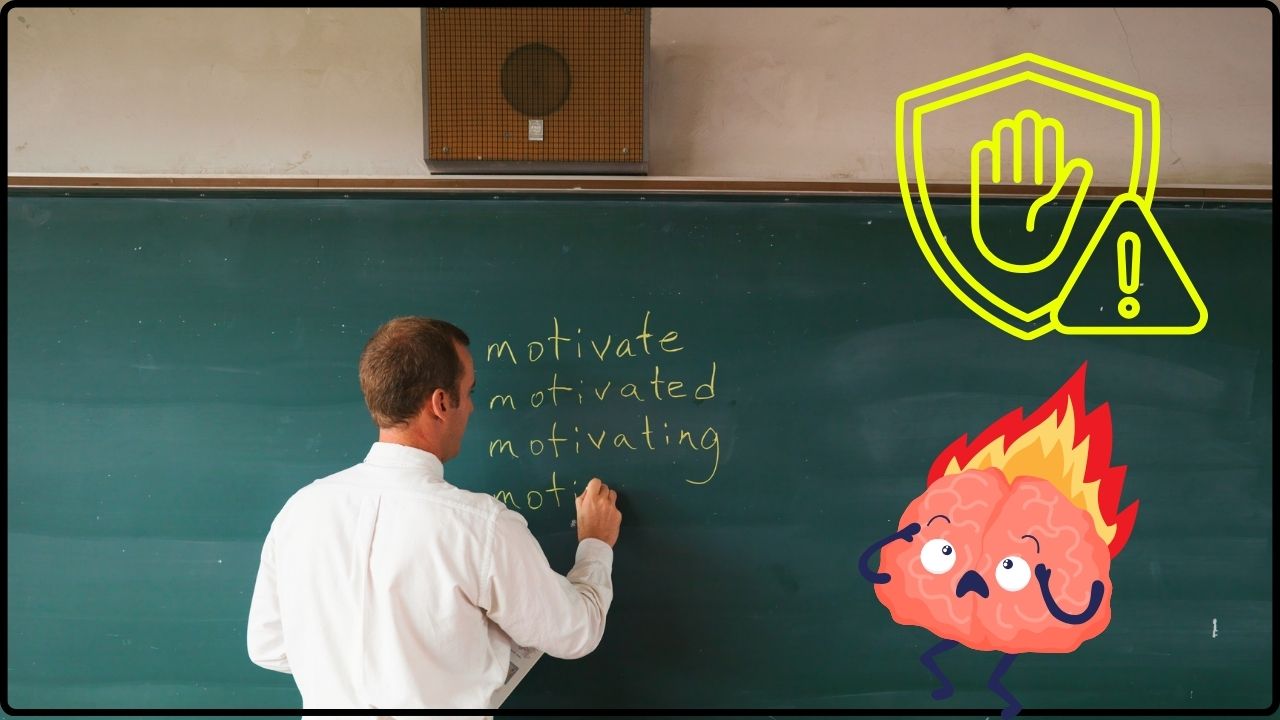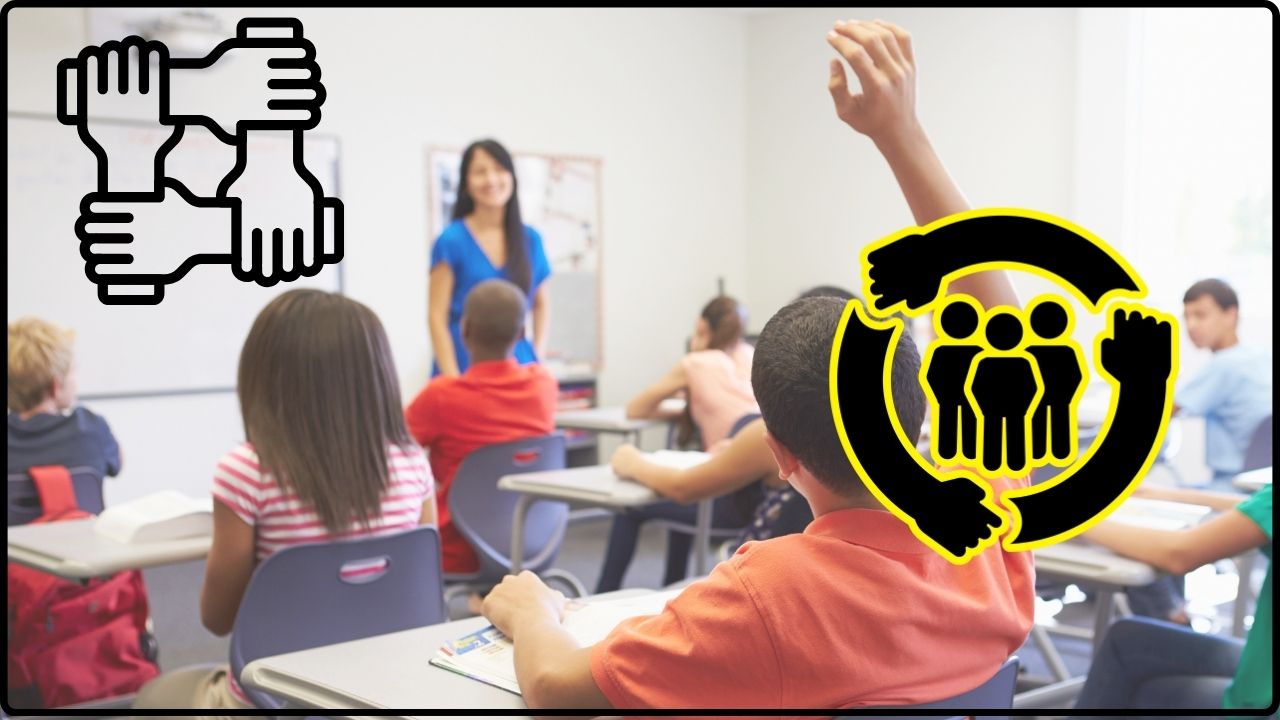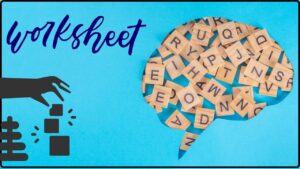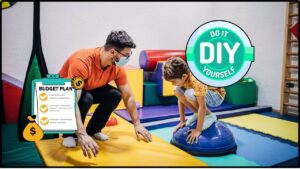Social Stories for Autism: Social Stories for autism have become essential tools for helping children on the spectrum understand and navigate social settings, particularly in school. These stories use simple, clear language and visual support to explain daily routines and social expectations, making school life less intimidating and more manageable. This article provides a detailed, step-by-step guide to creating effective visual Social Stories for school rules, enriched with the latest data on autism prevalence, research-backed insights on effectiveness, and best-practice tips from experts.
Table of Contents
Social Stories for Autism
Social Stories serve as a vital bridge between abstract social rules and the concrete understanding needed by children with autism. By combining straightforward language, visual supports, and personalization, these stories create an accessible way for autistic children to grasp and follow school rules with reduced stress and increased confidence. In an era where autism diagnoses are rising, Social Stories represent an invaluable part of educational and therapeutic toolkits, empowering children, families, and educators alike to create inclusive, supportive learning communities.

| Aspect | Details |
|---|---|
| Definition | Social Stories are short narratives with visuals explaining social rules and expectations tailored for children with autism. |
| Autism Prevalence (2025) | Approximately 1 in 31 children in the U.S. are diagnosed with autism by age 8. |
| Benefits | Improve social skills, reduce anxiety, build coping strategies, and facilitate successful school experiences. |
| Core Sentence Types | Descriptive, Directive, Perspective, Affirmative, Cooperative, Control sentences for clarity and engagement. |
| Best Practices | Use clear first-person language, visual supports, personalization, consistency, interactivity, and feedback integration. |
| Evidence in Schools | Research shows Social Stories boost communication and prosocial behaviors, while reducing challenging behaviors. |
| Application in Schools | Explains rules like raising hands, lining up, sharing, bathroom routines, and transitions between activities. |
Understanding Social Stories for Autism
Social Stories were developed by Dr. Carol Gray in 1991 to support children with autism spectrum disorder (ASD) in understanding social expectations and routines that can be unclear or overwhelming. They are brief, descriptive stories personalized to the child, written in a calm, positive tone using clear language. The addition of pictures or symbols complements the text and caters to visual learners, who often make up a large portion of autistic children.
The beauty of Social Stories lies in breaking down complex social cues into manageable pieces. When children know what to expect and what is expected of them, their anxiety decreases, and social interactions improve. Social Stories incorporate different types of sentences including descriptive sentences that explain the situation, directive sentences guiding the child’s behavior, perspective sentences revealing others’ feelings or thoughts, control sentences offering coping strategies, and affirmative/cooperative sentences reinforcing positive behaviors.
Why Is the Need for Social Stories for Autism Growing?
According to the latest 2025 data from the Centers for Disease Control and Prevention (CDC), about 1 in 31 children in the U.S. are diagnosed with autism by age 8—a significant increase from previous decades. This rise brings both challenges and opportunities in how schools and families support autistic children. Autistic boys are diagnosed more frequently than girls, and diagnosis rates vary based on demographics, underscoring the need for targeted supports.
Schools are often complex environments full of social rules that go unspoken, making them daunting for many autistic kids. The use of Social Stories helps break down these invisible rules into clear, understandable steps, facilitating independence, reducing behavioral incidents, and improving inclusion. Given the increasing numbers of children diagnosed with autism, Social Stories are becoming a critical part of inclusive education strategies.
The Impact of Social Stories Backed by Research
Social Stories are not just educational tools—they have measurable positive outcomes. Several studies show that Social Stories lead to improvements in social communication, decreased anxiety, and reductions in challenging behaviors in educational contexts.
For instance, a 2024 study published in a peer-reviewed journal assessed the effects of Social Stories on autistic children aged 5-10 and found significant improvements in their ability to follow classroom routines and interact positively with peers compared to control groups. Key benefits included reduced tantrums, increased on-task behavior, and higher engagement during social situations such as recess or group work.
Moreover, when Social Stories are combined with other evidence-based interventions like Applied Behavior Analysis (ABA), they can complement and reinforce skills, making them a valuable multi-modal approach to autism support.
Creating Visual Social Stories for Autism: A Step-by-Step Guide
The process to create effective Social Stories can be simple and highly rewarding. Below is a stepwise approach designed to craft stories that truly resonate with the child:
1. Identify a Specific Rule or Behavior
Start with one specific school rule, such as raising a hand before speaking, lining up quietly, or waiting for a turn on the playground. Singular focus improves understanding and reduces overload.
2. Use Clear, Positive First-Person Language
Write the story from the child’s perspective, using first-person sentences like “I will raise my hand to speak.” Avoid negative phrasing; instead of “Don’t shout,” say “I speak quietly.” Keep sentences short, factual, and reassuring.
3. Incorporate Visual Supports
Visuals significantly help children with autism grasp and remember concepts. Use photographs from the child’s school environment or simple drawings of key actions. Visuals also aid children who learn better through pictures than text alone.
4. Outline the Setting and Feelings
Describe where the rule applies and what happens before, during, and after. Include sensory details the child might notice (e.g., “The classroom is sometimes noisy”) and acknowledge emotions (“If I feel upset, I can take deep breaths”).
5. Include Others’ Perspectives and Actions
Explain what the teacher or classmates do, so the child anticipates their role and reactions. For example, “My teacher will look at my hand and wait for me to speak.”
6. Offer Coping and Self-Regulation Strategies
Help the child manage sensory overload or frustration by including tips like deep breathing, asking for a break, or using a quiet corner.
7. Clarify When the Rule Situation Ends
Define clear endpoints to activities for predictability: “When the bell rings, class is over, and I can pack up.”
8. Make the Story Interactive and Personalized
Ask questions, role-play the story, and relate it to the child’s interests, making the experience engaging and relevant. Customization increases effectiveness.
9. Review and Adapt Regularly
Social Stories should evolve based on the child’s growth and feedback from caregivers and educators. Implement updates and use the story as part of daily routines.

Practical Example: Social Story to Teach Raising a Hand
Title: I Raise My Hand in Class
- When I want to talk, I raise my hand.
- The teacher will see my hand and call on me.
- I wait my turn patiently to speak.
- I use a calm voice when I talk.
- My classmates also raise their hands and wait.
- If I forget sometimes, I will try again next time.
- Raising my hand helps me share my ideas and be respectful.
Including simple pictures of raising hands, a teacher acknowledging the hand, and classmates listening reinforces learning.
Additional Tips for Success
- Keep language consistent. Use the same words and phrases across stories to build familiarity.
- Respect the child’s pace. Introduce stories gradually and observe responses.
- Celebrate progress. Praise the child when they follow the rules described in their Social Stories.
- Collaborate with educators and therapists. Coordinated support ensures strategies align across environments.
- Use technology if helpful. Apps that allow customization of Social Stories with multimedia can engage some children.
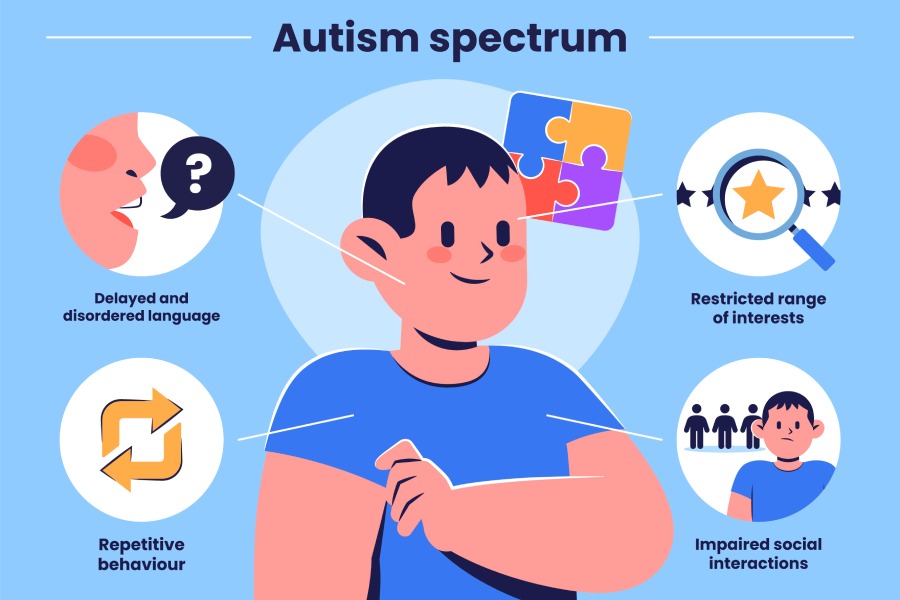
Inclusive Physical Education: Games and Adaptations for Mixed-Ability Groups
Dyslexia in the Regular Classroom: How to Adapt Texts and Tests for Success
Managing ADHD in the Classroom: 5 Proven Strategies for Serbian Schools



